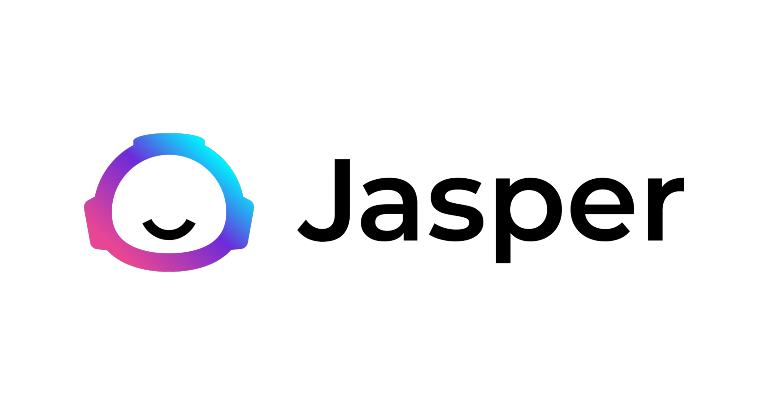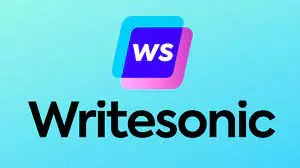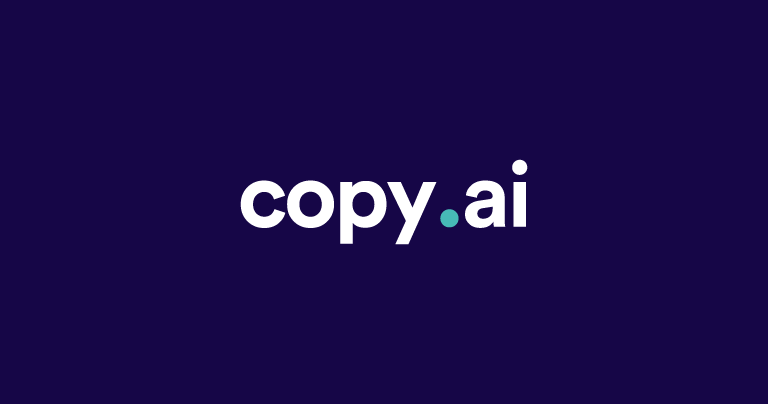Best AI Story Generator
AI narrative generators have advanced in the ever-changing world of artificial intelligence. These cutting-edge technologies use machine learning algorithms to help authors generate interesting stories, streamline the creative process, and inspire. Five of the many AI tale generators available today stand out for their unique features, user-friendly interfaces, and impressive output. This detailed review of Squibler, Jasper, Writesonic, Scalenut, and Copy AI will help you choose the best AI story generator.

What Are The Best AI Story Generators?
1. Squibler

Squibler stands out in the AI tale generator market with its user-friendly design and powerful features. The platform’s user interface is easy and deliberately designed for creative writing beginners and seasoned authors wishing to optimize their operations.
Squibler’s dynamic AI tale generator, tailored to storytellers’ needs, is its main draw. The platform’s AI technology evaluates prompts to generate coherent tales that are impressive and useful to writers seeking narrative clarity.
Squibler prioritizes tale structure above other AI story generators, a key feature. The AI system crafts text and acts as a virtual editor to ensure the plot follows storytelling rules. This thorough attention to narrative coherence helps writers with plot creation or who want to improve their writing.
Squibler’s design philosophy emphasizes collaboration because modern creative efforts are increasingly collaborative. Multiple users can easily collaborate on a project, encouraging collective creativity. Writing teams benefit from this collaborative function since members may share their perspectives in real time and shape the story.
Squibler goes farther by adding version control, a common concern for collaborative writers and people who want to improve their work. The freedom to log changes and easily revert to prior versions is essential for writers who work iteratively.
2. Jasper

Jasper, a leading AI story generator, uses NLP to improve writers’ creativity. This unique platform uses cutting-edge NLP algorithms to generate stories with richness and nuance that mimic human creativity.
Jasper’s strong awareness of linguistic intricacies allows it to create narratives that are more complex and engaging. Jasper’s NLP abilities allow it to understand language intricacies, creating more authentic, engaging, and contextually rich stories than traditional AI story generators.
Jasper’s ability to adapt to many literary styles and genres is impressive. Jasper’s NLP-driven engine matches the writer’s tone and style for a thrilling mystery, sweet romance, or adventurous science fiction story. This versatility makes Jasper a handy tool for writers trying new genres or voices.
User customization is Jasper’s strength. Writers can customize character qualities, locales, and storyline details, making storytelling more customized. This level of control encourages creative ownership and guarantees that the AI matches the writer’s vision.
User experience is fluid and interactive with Jasper’s intuitive interface. The platform invites writers to offer facts and context to help the AI develop narratives that match their artistic intent. A collaborative method empowers writers and creates a more dynamic and individualized storytelling journey.
3. Writesonic

Writesonic, a leading AI writing tool, empowers writers with a wide range of functions beyond narrative development. This adaptable platform excels in crafting engaging tales and meeting a wide range of copywriting needs, making it a useful tool for professionals looking to improve their writing across formats.
Content creation versatility is Writesonic’s main draw. Writesonic covers numerous writing genres, unlike other AI story generators that just develop narratives. Writesonic’s AI-driven engine can write engaging blog posts, marketing content, social media captions, and more.
Writesonic’s ability to generate tale concepts and complete writing is notable. This feature helps authors with time restrictions or writer’s block produce content ideas or start the creative process rapidly. This responsiveness makes Writesonic a useful tool for professionals with tight deadlines or on-demand inspiration.
The platform’s ability to write clearly and engagingly meets modern content development needs. Writesonic’s AI copywriting capabilities let marketers and bloggers focus on perfecting their content.
Due to its user-friendly interface, Writesonic is accessible to authors of all technical levels. The platform’s intuitive design makes using its features easy. This accessibility helps writers new to AI-driven writing tools ease into automated article creation.
4. Scalenut

Scalenut, a powerful AI narrative generator, uses OpenAI’s GPT-3 to boost creativity. Scalenut uses GPT-3, one of the most advanced language models, to provide a powerful and disruptive AI narrative generation experience.
Integration with GPT-3, a language model known for its ability to recognize context, construct coherent narratives, and respond dynamically to user input, is Scalenut’s main draw. Scalenut’s GPT-3-powered engine lets customers write stories with sophistication and context-awareness that sets it apart from competitors.
Scalenut’s GPT-3 integration enables multi-modal content development beyond storytelling. The software generates text and graphics, giving users a new way to tell multimedia stories. Scalenut’s multidimensional approach meets creative expression’s changing needs, helping writers create visually appealing narratives.
It supports multiple writing prompts and styles, demonstrating its versatility. From mystery to romance to science fiction, Scalenut’s GPT-3 engine adjusts to the prompt to produce writing that matches the intended tone and style. This adaptability makes Scalenut a powerful tool for writers trying new genres or voices.
Scalenut’s commitment to natural and context-aware AI-user conversations is another highlight. The platform values interactive and collaborative writing and lets users connect with the AI beyond text. This dynamic interaction lets writers build on the AI’s output more fluidly and iteratively.
5. Copy AI

Copy AI revolutionizes AI-driven writing tools by combining machine learning algorithms and user engagement to seamlessly turn ideas into compelling narratives. This revolutionary platform generates text and actively engages users in the creative process, making it a valuable tool for authors wishing to add their own vision to their stories.
Copy AI’s user advice and collaborative storytelling make it appealing. The platform encourages writers to offer facts, context, and creative input to help the AI understand the story. This combination of machine intelligence and human creativity ensures that the created content follows storytelling standards and captures the writer’s voice.
The platform’s user interface is created to be simple and easy for authors of all levels. Copy AI’s user-friendly design lets users easily traverse its features, whether they’re seasoned writers or new to AI writing tools. This accessibility lets writers use the AI without steep learning curves.
Copy AI goes beyond text production to turn ideas into captivating narratives. The platform combines automation and creative cooperation to let users shape the story. This participatory approach improves storytelling and lets writers retain creative control, ensuring the finished story matches their vision.
Copy AI can adapt to many writing genres, meeting a wide range of creative needs. Copy AI supports diverse styles and preferences for short stories, lengthy stories, and other storytelling formats. Copy AI is useful for writers in many genres and sectors due to its adaptability.
Conclusion
Squibler, Jasper, Writesonic, Scalenut, and Copy AI each have unique capabilities in the dynamic AI narrative generator environment. Squibler organizes stories and facilitates cooperation, while Jasper uses NLP for contextual storytelling. Writesonic generates diverse content, whereas Scalenut uses GPT-3 for multi-modal storytelling. Copy AI helps writers improve their stories by emphasizing user guidance and participation. Your writing needs, preferences, and creative control will determine the finest AI tale generator. As these technologies improve, AI story generators will provide writers with more inventive tools to boost creativity and streamline the writing process.







